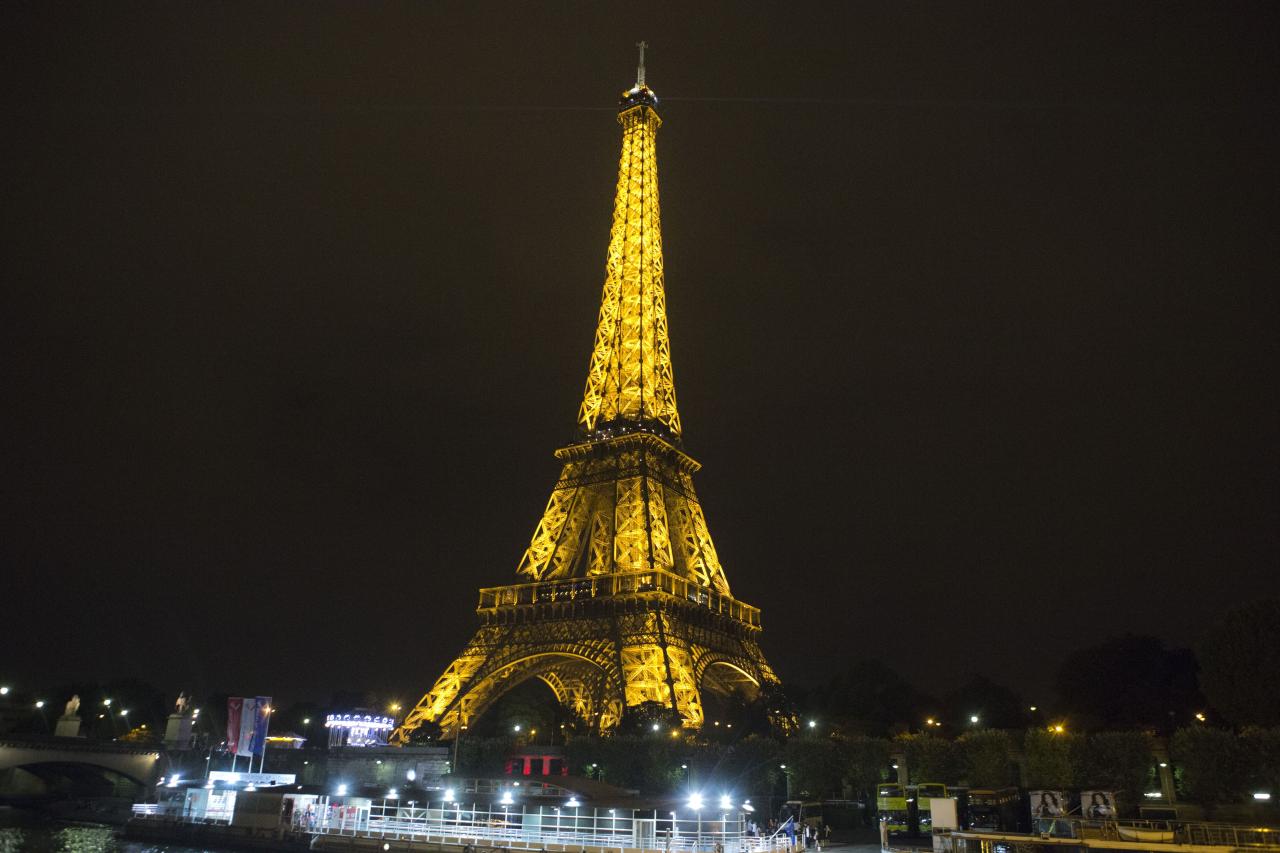Mystery Drone Paris: Imagine a silent, unseen craft navigating the iconic Parisian skyline, a ghost in the machine. This isn’t science fiction; it’s a chilling possibility, raising questions about espionage, technological prowess, and the vulnerabilities of a modern metropolis. This exploration delves into the potential specifications of such a drone, the motives behind its operation, and the implications for security in the City of Lights.
We’ll examine potential flight paths, focusing on areas offering both optimal evasion and access to key targets. We’ll also consider the likely response from law enforcement and the public, exploring the challenges of detection and the security measures needed to prevent future incidents. Finally, we’ll consider the type of data such a drone might collect and the potential countermeasures available.
The Drone’s Specifications and Capabilities
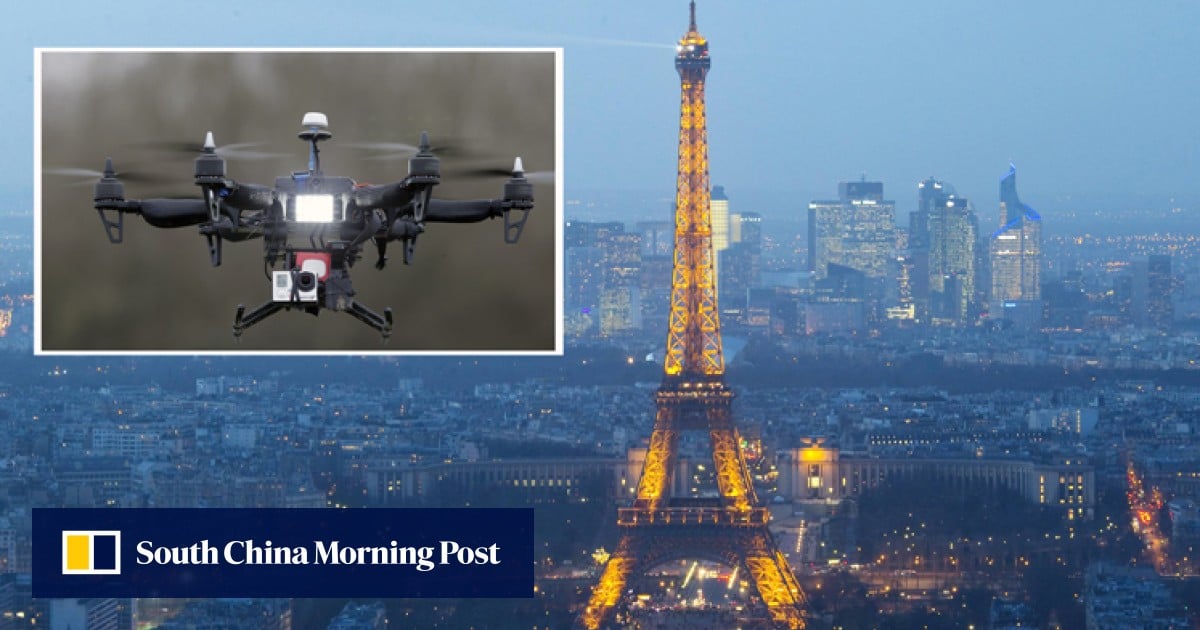
A drone capable of operating undetected in a dense urban environment like Paris requires a sophisticated design incorporating several key features. These features must work in concert to ensure both stealth and effective operation within the city’s complex airspace and surveillance systems. The drone’s specifications must prioritize evasion of detection while maintaining sufficient capability for its intended mission.
Drone Specifications for Clandestine Operation
To remain undetected, the drone would need a low radar cross-section (RCS), achieved through materials and design minimizing radar reflections. This could involve the use of radar-absorbent materials (RAM) and a streamlined airframe. Furthermore, the drone would need to be small and lightweight, ideally fitting within the size range of a large bird to minimize visual detection. Quiet propulsion is crucial; electric motors with low-noise propellers or even a hybrid system combining electric motors with quieter alternative propulsion methods would be necessary.
Finally, advanced flight control systems with obstacle avoidance capabilities are essential for navigating the intricate Parisian cityscape.
Flight Characteristics and Maneuverability
The drone’s flight characteristics must allow for agile maneuvering through tight spaces and around obstacles. This necessitates a high degree of control authority and responsiveness, including precise hovering capabilities. The ability to perform rapid accelerations and decelerations, along with quick changes in direction, is also critical for evading detection and pursuing unpredictable flight paths. The drone’s flight control software would need to incorporate advanced algorithms for autonomous navigation, obstacle avoidance, and path planning in complex 3D environments.
Speed would need to be balanced; sufficient to cover ground quickly but not so fast as to attract attention. Think of a swift, but silent bird darting through the cityscape.
Payload Capacity and Implications
The drone’s payload capacity will depend heavily on its size and overall design. A smaller drone, while more easily concealed, will have a limited payload capacity, perhaps only sufficient for a small camera and data storage. Larger drones, while offering more payload capacity, increase the risk of detection. The payload could include high-resolution cameras with zoom capabilities for surveillance, data recording devices, or even smaller, specialized sensors.
The choice of payload will directly impact the mission’s objectives and the overall design of the drone.
Comparison of Drone Types for Clandestine Operations
| Drone Type | Size (approx.) | Speed (approx.) | Range (approx.) | Payload (approx.) |
|---|---|---|---|---|
| Small Quadcopter | 15-25cm | 20-40 km/h | 5-10 km | <1kg (camera, small sensor) |
| Fixed-Wing Mini-UAV | 30-50cm wingspan | 40-80 km/h | 15-30 km | 1-3kg (camera, data recorder) |
| Hybrid VTOL Drone | 30-60cm | 30-60 km/h | 10-20 km | 2-5kg (multiple sensors, larger camera) |
| Larger Multirotor (High Risk) | >60cm | >60km/h | >20km | >5kg (higher risk of detection) |
Possible Motives Behind the Drone Activity: Mystery Drone Paris
Unidentified drone activity in a city like Paris immediately raises suspicions about the operator’s intentions. Several possibilities exist, ranging from relatively benign activities to serious criminal or espionage endeavors. The specific motive depends heavily on the drone’s capabilities, flight patterns, and the targets observed or affected. Understanding these potential motives is crucial for effective investigation and preventative measures.The diverse range of possible motives necessitates a careful examination of various scenarios.
Each scenario carries different levels of risk and reward for the individuals involved, shaping their operational strategies and choices of targets. The complexity of the Paris cityscape, with its dense population and iconic landmarks, adds another layer to the analysis.
Espionage and Surveillance
This scenario involves the use of the drone to gather intelligence. Potential targets could include government buildings (like the Élysée Palace or the Ministry of Defence), embassies, or even high-profile individuals. The drone might be equipped with high-resolution cameras, thermal imaging, or even more sophisticated sensors to collect data. The information gathered could be used for political espionage, industrial sabotage, or even targeted criminal activity.
That whole mystery drone situation in Paris is pretty wild, right? It makes you wonder about the potential for similar incidents, and how often they actually happen. To get a better idea of the scale of drone-related issues, check out this article on drone crashes in Paris. Understanding those statistics helps put the mystery drone into context – maybe it’s less unusual than we think.
Ultimately, though, the mystery surrounding the Paris drone remains intriguing.
The rewards for successful espionage are high, offering valuable intelligence, but the risks are equally substantial, involving severe legal penalties and potential international incidents if discovered. Consider, for example, the hypothetical scenario of a drone equipped with a sophisticated eavesdropping device hovering near a diplomatic meeting. The potential for political fallout and international repercussions is immense.
Vandalism and Criminal Activity
Drones can be used to carry out acts of vandalism or even more serious crimes. This could involve dropping objects onto buildings or people, graffiti spray-painting from an elevated position, or even delivering small explosive devices. The targets could be anything from specific monuments to random individuals. The rewards in this scenario are limited to the satisfaction of the act itself or potential monetary gain (if, for example, the drone is used in a robbery).
The risks are significant, ranging from arrest and prosecution to serious injury or death to others. Imagine a drone dropping paint on a famous statue—the damage is clear, and the perpetrators are likely to face significant legal consequences.
Artistic Expression and Protests
While less likely to involve serious criminal activity, drones could also be used for artistic expression or protest. This might involve creating aerial light shows, projecting images onto buildings, or using the drone to carry a banner. The targets in this case would be the public and the message the artist or activist seeks to convey. The risks are relatively lower compared to espionage or vandalism, but the operator still faces legal repercussions if they violate airspace regulations or cause any public disruption.
Think of a drone carrying a banner over a protest, aiming to garner media attention and publicize their cause. While potentially impactful, this activity still carries risks associated with unauthorized drone flight.
The Drone’s Flight Path and Operational Area
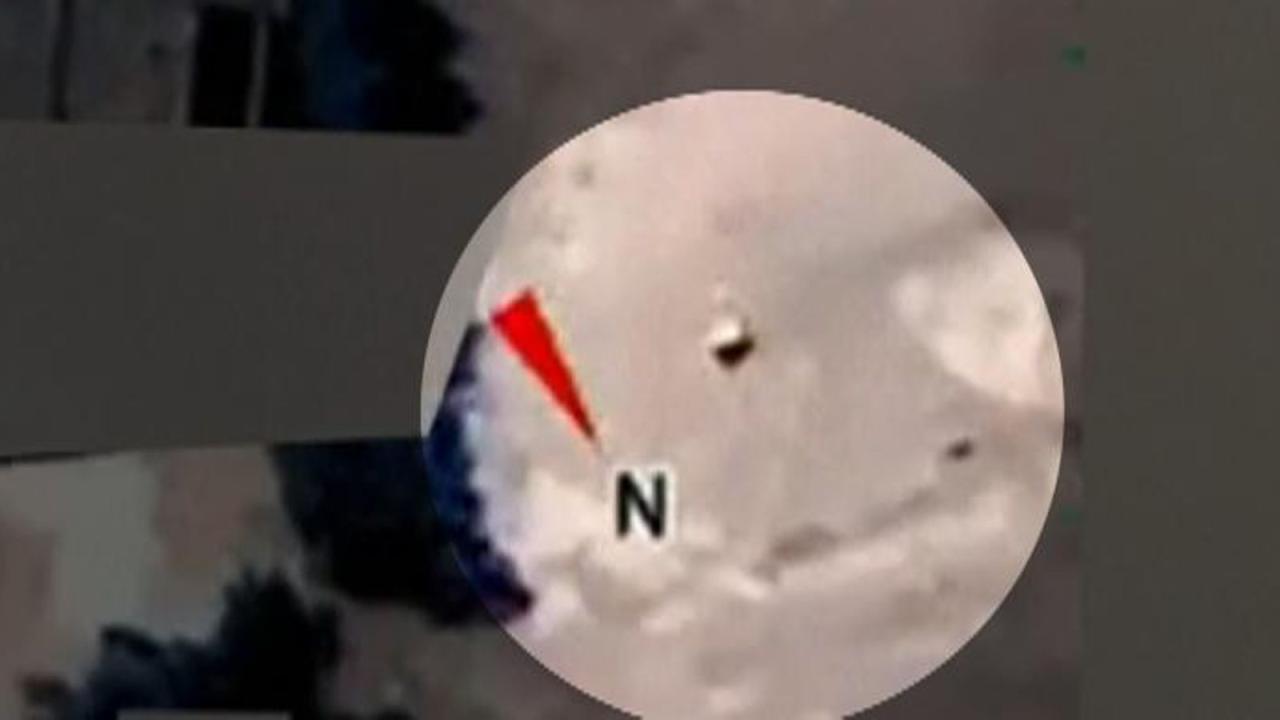
Planning a drone’s flight path in a city like Paris requires careful consideration of several factors, primarily evasion and the successful completion of its objective. The drone’s flight plan needs to balance maximizing its chances of remaining undetected while still allowing it to reach its target location and gather any necessary data. This involves understanding the city’s geography, surveillance systems, and potential blind spots.The hypothetical flight path would exploit Paris’s unique layout to minimize detection.
A successful plan hinges on understanding areas of low surveillance and high density obstacles to mask the drone’s movements. The drone’s small size and maneuverability would be key to its success.
Potential Flight Path and Evasion Strategies
The drone’s hypothetical mission is to photograph a specific location (let’s say a private garden within a high-security building near the Eiffel Tower) and transmit the data before returning to its base. To maximize evasion, the drone will use a multi-stage approach:
- Stage 1: Launch and Initial Ascent. The drone launches from a less populated area, perhaps a park in the Bois de Boulogne, using the tree cover for initial concealment. It ascends gradually to avoid immediate detection.
- Stage 2: Navigation through the City. The drone follows a path that takes advantage of tall buildings and dense urban areas to mask its movements. It will fly at low altitude and use buildings for cover, making sharp turns and changing altitude frequently to avoid being tracked. The route would weave through less-trafficked streets and potentially utilize bridges for elevation and vantage points.
- Stage 3: Target Acquisition. Once near the target building, the drone will use the cover of surrounding buildings to approach the garden from an unexpected angle. The timing of the approach would be crucial, selecting a moment with minimal pedestrian traffic.
- Stage 4: Data Transmission and Return. After capturing the necessary images, the drone will immediately begin its return journey, using a similar strategy of utilizing building cover and changing altitude and direction frequently. Data transmission would likely be done in short bursts to avoid detection.
Areas of Minimal Drone Detection in Paris
Several areas in Paris offer opportunities for reduced drone detection. This depends on a combination of factors including population density, the presence of physical obstacles, and the level of surveillance technology.
- Parks and Gardens (e.g., Luxembourg Gardens, Tuileries Garden): While populated during the day, these offer significant tree cover and offer some level of visual obstruction, especially in less-frequented areas. The challenge lies in the potential for human observation. Opportunity: natural camouflage.
- Along the Seine River: The riverbanks offer some cover, particularly in less-populated sections. However, the presence of bridges and river traffic increases the risk of detection. Challenge: potential for visual and radar detection from bridges and boats. Opportunity: varied terrain and obstacles.
- Residential Areas with Dense Buildings: Areas with closely packed buildings can offer significant concealment, but navigating through narrow streets presents significant challenges for drone maneuverability. Challenge: tight spaces and potential for collisions. Opportunity: urban camouflage.
Law Enforcement and Public Response
The appearance of a mystery drone over Paris would trigger a swift and coordinated response from French law enforcement agencies, prioritizing public safety and national security. The initial reaction would likely involve a combination of ground and air patrols to locate and, if possible, disable the drone. The subsequent investigation would be meticulous, drawing on expertise from various specialized units.The investigative methods employed would be multifaceted.
Initial efforts would focus on identifying the drone’s model and origin through visual analysis and any recovered debris. Technical experts would examine any data captured by the drone itself, potentially revealing flight patterns, images, or communication signals. Analysis of the drone’s flight path would be crucial in determining its likely launch point and the operator’s potential location.
This could involve reviewing CCTV footage from various locations across the city, analyzing mobile phone data to pinpoint potential witnesses, and deploying advanced tracking technologies to potentially trace the drone’s signal back to its source. Furthermore, French intelligence agencies would likely be involved, investigating potential links to terrorism, espionage, or other criminal activities.
Police and Military Response Protocols
The response would follow established protocols for dealing with unauthorized aerial vehicles, likely involving collaboration between the Préfecture de Police de Paris (Parisian Police Prefecture), the Gendarmerie Nationale (National Gendarmerie), and potentially the French Air Force. A no-fly zone might be temporarily established around the drone’s detected operational area, grounding other aircraft and potentially leading to temporary airspace restrictions.
Depending on the perceived threat level, specialized units equipped with anti-drone technology might be deployed to neutralize the drone if it poses an immediate danger. This could involve jamming its signal, using nets to capture it, or employing directed energy weapons as a last resort. The exact level of response would depend heavily on the drone’s actions and any perceived threat.
For example, a drone hovering near a significant landmark like the Eiffel Tower would trigger a much more intense response than one observed in a less populated area. The incident would be compared to previous events, such as the drone incidents at Gatwick Airport in 2018, which caused significant disruption and led to a large-scale investigation.
Public Reaction and Media Coverage
Public reaction would vary depending on the circumstances surrounding the drone’s appearance and the information released by authorities. If the drone is perceived as a harmless malfunction or a simple act of vandalism, the public response might range from mild curiosity to annoyance at the disruption. However, if the drone’s activity is perceived as a potential threat to public safety or national security (for example, if it’s suspected of carrying explosives or engaging in surveillance), public fear and anxiety could escalate significantly.
So, you’re curious about those mysterious drones buzzing around Paris? It’s a pretty wild story, right? To get the lowdown on all the latest developments, check out this awesome article about the whole mystery drone Paris situation. It’s got all the details, from the initial sightings to the ongoing investigations. The mystery drone Paris saga is definitely one to follow!
Media coverage would be extensive, with news outlets providing real-time updates and speculation about the drone’s purpose and operator. Social media would also play a major role, with citizens sharing videos and photos of the drone, fueling public discussion and potentially spreading misinformation. This reaction would be similar to the public response seen during other high-profile security incidents in Paris, such as terrorist attacks, where initial fear and uncertainty give way to a mix of resilience and vigilance.
The level of public concern would also be influenced by the authorities’ communication strategy; clear and timely information would help alleviate anxieties, whereas a lack of transparency could exacerbate fears.
The Drone’s Visual Description and Potential Imagery
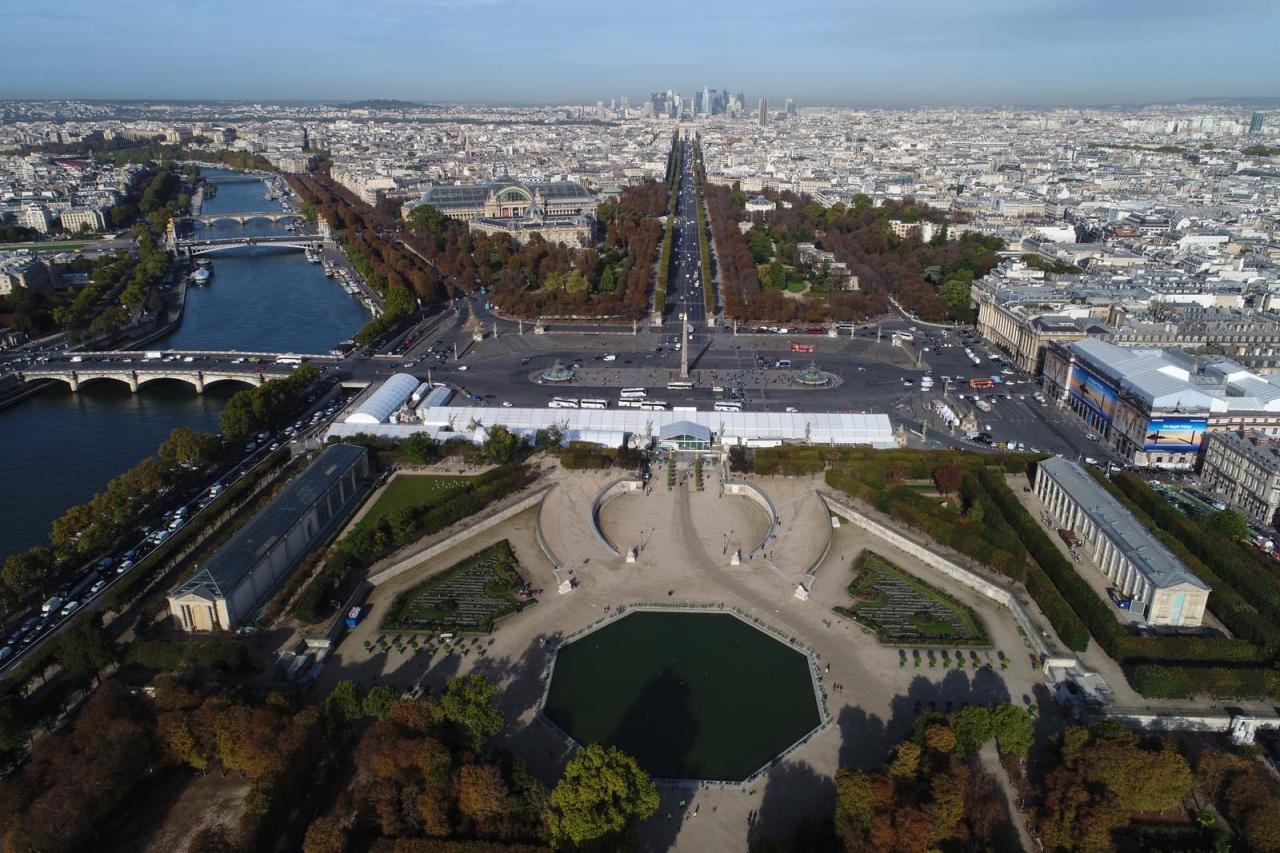
Let’s delve into a detailed description of a hypothetical mystery drone spotted over Paris, focusing on its physical characteristics and the type of data it could potentially collect. We’ll then paint a picture of a possible sighting, incorporating sensory details to bring the scenario to life.The drone, designated for the purposes of this discussion as “Phantom X,” is estimated to be roughly the size of a large hawk, approximately 50cm in wingspan.
Its body is a sleek, dark grey, almost black, constructed from a lightweight, carbon-fiber composite material. The drone lacks any visible markings or logos, adding to its mysterious nature. Its four rotors are enclosed within a protective casing, minimizing noise and contributing to its stealthy appearance. A small, almost imperceptible, camera lens is visible on the underside of the drone, subtly integrated into the body.
Phantom X’s Potential Imagery and Data Collection
The small, but high-resolution camera on Phantom X is capable of capturing both still images and high-definition video. Its advanced sensors could potentially gather a wide range of data, including high-resolution aerial photography and videography of the Parisian cityscape, thermal imagery capable of detecting heat signatures, and potentially even multispectral imagery useful for identifying specific materials or objects. The quality and resolution of the images would likely be exceptionally high, exceeding the capabilities of commercially available consumer drones, suggesting sophisticated technology.
We can assume a resolution of at least 4K video and 20-megapixel still images, easily capable of capturing fine details of buildings, people, and vehicles. Such high-quality imagery could be used for detailed mapping, surveillance, or even reconnaissance purposes.
Possible Sighting of Phantom X
A late evening in Montmartre. The air hangs heavy with the scent of freshly baked bread and the distant hum of the city. Suddenly, a faint whirring sound cuts through the ambient noise. Looking up, a dark shape moves silently against the twilight sky. It’s not a bird; the movement is too precise, too mechanical.
The drone, Phantom X, is a mere silhouette against the darkening sky, but its size is noticeable. The whirring sound is barely audible, yet somehow unnerving. The dark grey of its body blends almost perfectly with the evening shadows. As it glides silently across the skyline, a brief flash of light catches the eye – the reflection from its camera lens.
The entire sighting lasts only a few moments before the drone vanishes, leaving only the lingering impression of something unusual and unseen.
Countermeasures and Security Implications
The unauthorized drone activity over Paris presents significant security implications, impacting both technological infrastructure and societal trust. The incident highlights vulnerabilities in existing security measures and underscores the need for proactive strategies to prevent similar occurrences. Addressing these concerns requires a multi-faceted approach encompassing technological advancements, improved regulations, and enhanced public awareness.The security implications extend beyond the immediate disruption caused by the drone itself.
The potential for malicious use, such as delivering explosives or conducting surveillance, is a major concern. Furthermore, the incident raises questions about the ability of law enforcement agencies to effectively respond to and mitigate future drone threats in densely populated urban areas. The psychological impact on the public, creating a sense of vulnerability and insecurity, is also a significant factor.
Technological Countermeasures
Effective countermeasures require a combination of technologies. One crucial aspect is improving drone detection systems. This could involve deploying advanced radar systems capable of detecting small unmanned aerial vehicles (UAVs) at longer ranges and in various weather conditions. Additionally, radio frequency (RF) detection systems can identify and track drones based on their communication signals. Finally, sophisticated image processing and artificial intelligence (AI) algorithms can be employed to analyze data from various sources (cameras, radar, RF) to identify and classify drones more accurately and rapidly.
For example, the use of AI-powered systems to analyze video feeds from security cameras could automatically alert authorities to the presence of unauthorized drones. Such systems are already being deployed in some major cities but require continuous improvement and refinement to keep pace with evolving drone technology.
Societal and Regulatory Implications
Beyond technological solutions, addressing the security implications necessitates a robust regulatory framework and public awareness campaigns. Clear regulations regarding drone operation in urban areas, including licensing, registration, and operational restrictions, are essential. These regulations should balance the legitimate use of drones for commercial and recreational purposes with the need to maintain public safety and security. Public education initiatives are crucial to inform citizens about the risks associated with unauthorized drone activity and to encourage responsible drone use.
That whole mystery drone thing in Paris got everyone buzzing, right? It makes you wonder about the future of airspace and deliveries. Thinking about that, check out this list of amazon drone delivery locations to see where they’re already operating. It’s pretty wild to compare the official Amazon program with those mysterious Parisian drones, isn’t it?
This includes providing information on how to report suspicious drone activity and understanding the legal implications of violating drone regulations. For instance, public service announcements could highlight the penalties for operating drones illegally near sensitive locations like airports or government buildings.
Recommendations for Improved Drone Security in Urban Environments, Mystery drone paris
To enhance drone detection and security in cities like Paris, a comprehensive strategy is needed. This involves integrating various technological countermeasures into a unified system that allows for real-time monitoring and rapid response. The system should be capable of automatically identifying and tracking unauthorized drones, alerting authorities, and potentially employing countermeasures such as jamming or interception. Collaboration between government agencies, law enforcement, and private companies is crucial for developing and implementing such a system.
Regular testing and updates are also necessary to ensure the system remains effective against evolving drone technology and tactics. For example, a collaborative effort involving the Paris police, the French air force, and private drone detection companies could develop a city-wide drone surveillance and response network.
Ending Remarks
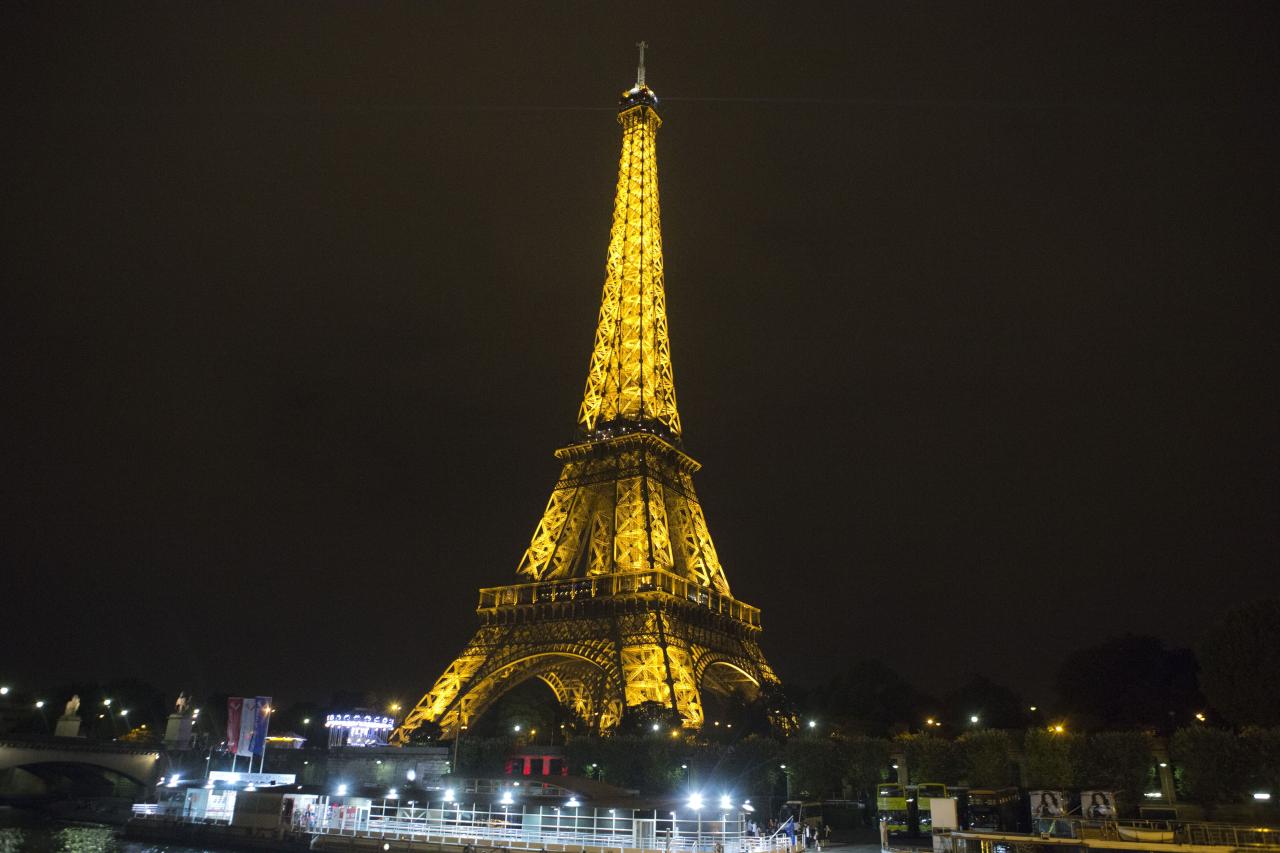
The mystery drone over Paris highlights a growing concern: the increasing sophistication of unmanned aerial vehicles and their potential for misuse. While the specific circumstances of a hypothetical Parisian drone incident remain speculative, the scenario serves as a potent reminder of the need for robust security measures and proactive strategies to safeguard our urban environments from both overt and covert threats.
The implications extend beyond simple surveillance; they touch upon national security, privacy concerns, and the evolving relationship between technology and urban life.
Clarifying Questions
What types of sensors might a mystery drone use?
A sophisticated drone could utilize a variety of sensors, including high-resolution cameras for visual surveillance, infrared cameras for night vision, and potentially even microphones for audio recording.
How could law enforcement track a stealth drone?
Tracking a stealth drone is challenging. Methods could include deploying drone detection systems, analyzing radio frequency signals, and utilizing advanced surveillance technologies like radar.
What are the legal ramifications of operating a drone in Paris without authorization?
Operating a drone without proper authorization in Paris carries significant legal penalties, including hefty fines and potential imprisonment.
Could a drone be used for something other than espionage or surveillance?
Yes, drones could be used for artistic projects, environmental monitoring, or even delivery services, but unauthorized operation remains illegal and dangerous.
